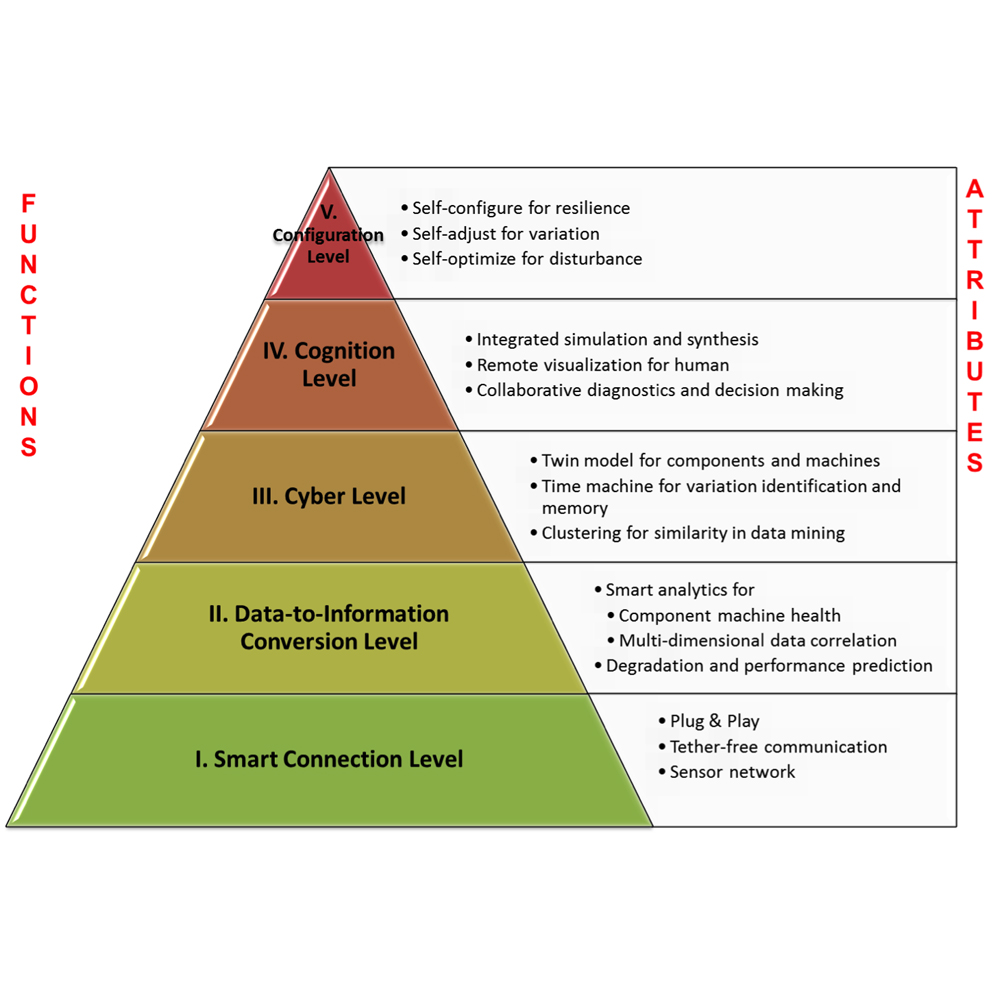3D simulation looks like magic - why reduce the dimension count?
As stated here and here, my company and I have committed ourselves to build bridges between the upper and the lower floors of mechanical engineering simulation. Lately, I have written a number of articles telling the upper floors about the recent achievements of the lower floors. This time, my bridging will try to tell the lower floors about the achievements of the upper floors. Inhabitants of the upper floors may notice that the headline of "dimensional reduction" covers much more than mentioned here. In this article, I intend to be brief.
3...
It is sooo appealing to recognize the visible 3D world on a computer screen. With companies like SimScale on the stage, this experience has become available to everyone for free. At first, these new possibilities tend to totally occupy the mind of a newbie. Later, you may realize what I express here as: "No simulation is an island, entire of itself." With time, the interaction between simulations and also the interaction between your simulations and the rest of the world will become increasingly important.
Cutting down an unnecessary consumption of resources will benefit any engineering activity including your latest simulation. To reduce the number of active coordinate dimensions down from 3 is a very efficient way of saving resources. Historically, the world has moved in the opposite direction as the one you are now going to take. Don't be so self-absorbed that you refuse to take it. You will enter a world full of possibilities and you will be in very good hands.
You will also notice that the age of the concepts presented steadily increases - until the world finally turns sparkling new again.
2...
When you approach the wonderful new world of 3D simulation, it takes some time to realize what is missing from the basic toolbox. But when somebody asks you to design an airplane or a car, you suddenly realize: you cannot handle plates or shells - it is not only difficult, it is impossible. 3D structural elements can only be used when the object to be filled has comparable dimensions in all three coordinate directions. The sheet metal heavily used in industry utterly fails to fulfill that criterion.
Structural analysis theories coping with shells are fairly new. While the equations for 3D structural analysis are unambiguous and rather simple, the question of which thin shell theory to use was only settled in 1962 in a landmark paper by Budiansky and Sanders (proving that many of the theories were equally good). In the common CAD/CAE parlance, thin shells are surfaces with the property "thickness" attached to them. They are meshed with surface elements which possess additional properties like normal vectors, node rotations and bending stresses. Things get complicated in 2D.
1...
Things get somewhat simpler when moving to the 1D world of, for instance, beams. Moving directly to straight beams (curved beams are less relevant than curved shells), the Euler–Bernoulli beam theory from the 18th century is one of the first theories which a mechanical engineering student will encounter. Software for the analysis of beam structures is abundant.
0!
If you take a force and divide it by an area to get a stress value, you are doing a 0D structural analysis. If you analyze the pendulum of a grandfather's clock, you are doing a 0D vibration analysis. Both kinds of analysis have probably been known to mankind since antiquity.
So, 0D is pretty simple - until you couple lots of analyses together and view the assembly as a system. In this context, the automotive industry is on the forefront: Modelica® is a standardized language for describing such assemblies and their components. FMI is another approach to the same challenge: to couple CAD, 3D simulations, experiments and many other sources of engineering information together into something which creates new value. For an automaker, the new value lies in the possibility of building an entire virtual car with components from many sources as if they were Lego® bricks.
Frequently, the source for the 0D properties referred to above are 3D structural simulations as we know them.
During my years as an employee, I have coded and extensively used at least three applications which transformed 3D finite element results into 0D data. Until I recently encountered the initiatives mentioned above, I thought that my applications - irrespective of their efficiency - were almost erratic exceptions from the rule: 3D simulation is a stage for young engineers to pass through before they end up in more prestigious places.
Now I see an exciting engineering discipline on its way up. Let this lesson to me be a lesson to any young engineer: Do not see the toolbox and mindset you have now as the only toolbox and mindset you will ever need before you end up as a manager. The world is full of toolboxes and mindsets. For the sake of good mechanical engineering, do the effort of learning some of them before you decide to take the easy way up...

A pretty picture. For more pretty pictures, see here.

